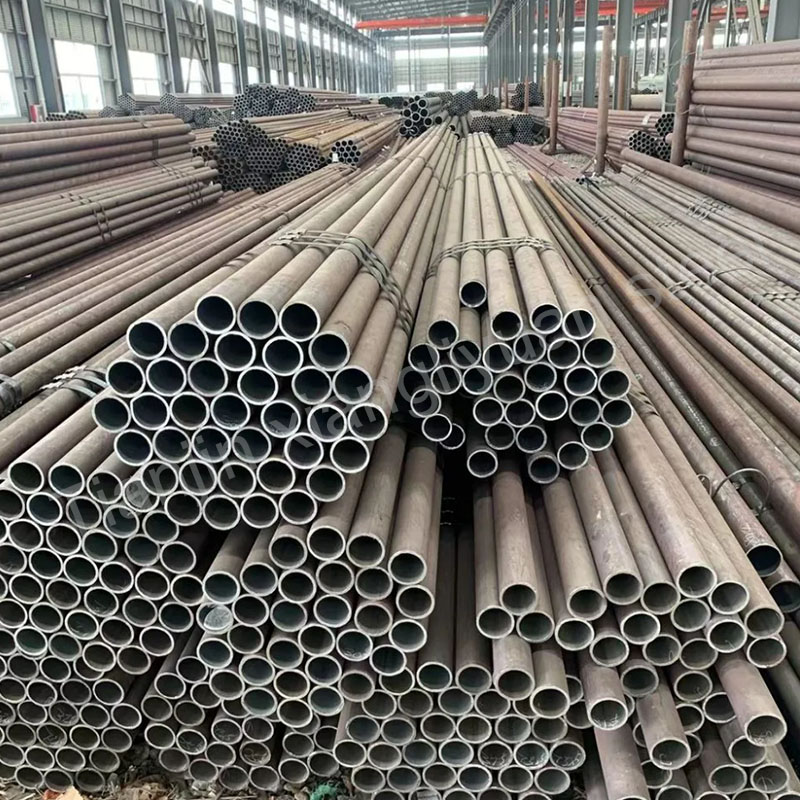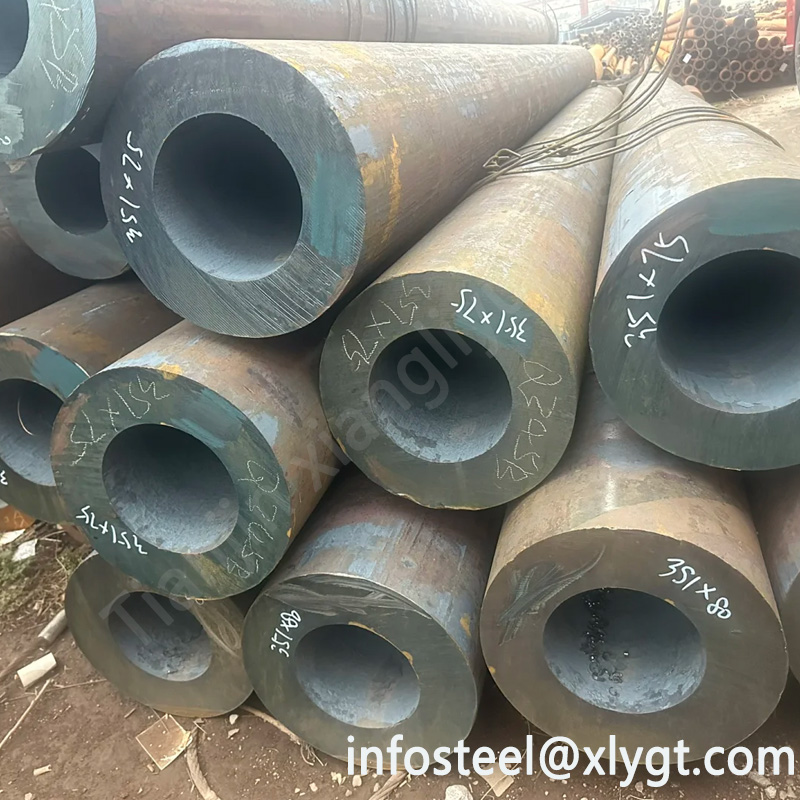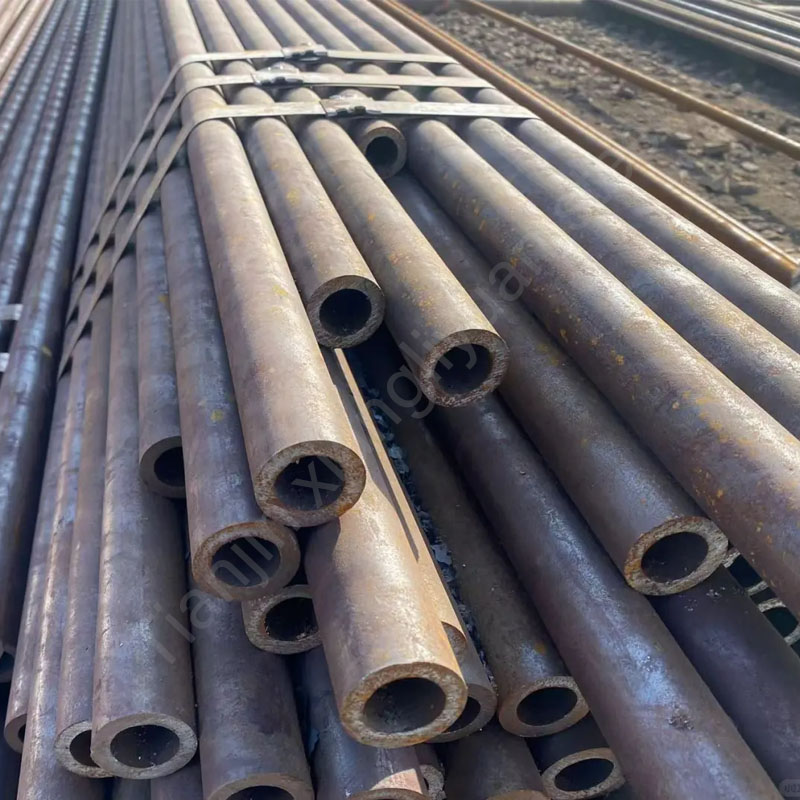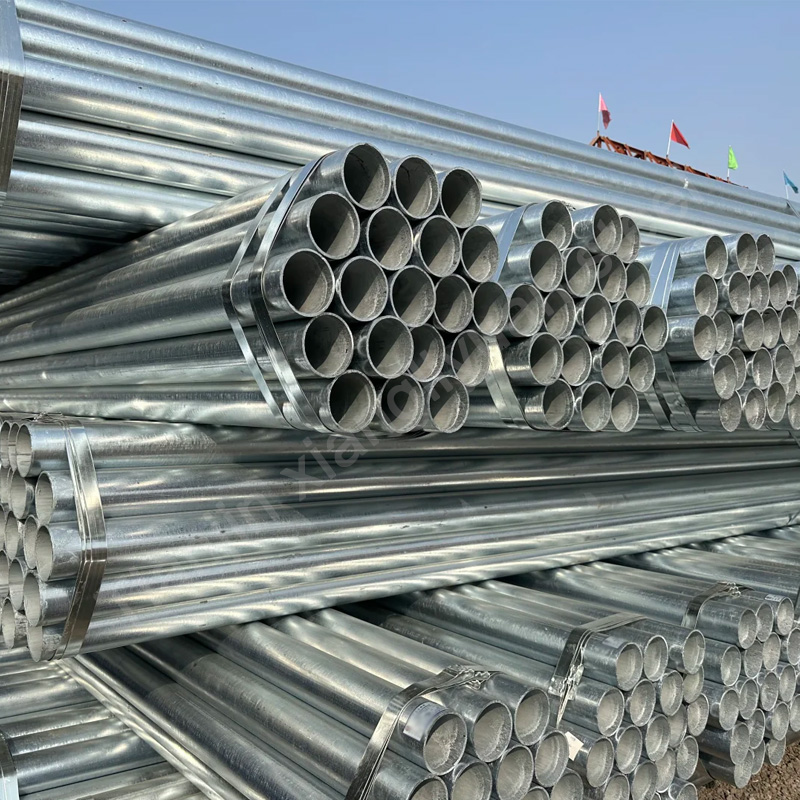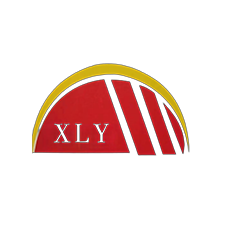Seamless steel pipe is a kind of steel pipe without welds. It is widely used in many fields due to its excellent mechanical properties and pressure resistance. The following is a detailed introduction to the seamless steel pipe standards of major countries and regions:
1. Chinese Standard (GB Standard)
China’s seamless steel pipe standards start with “GB” and mainly include the following:
GB/T 8162: “Seamless Steel Pipe for Structure”
Applicable to seamless steel pipes for general structures and mechanical structures.
GB/T 8163: “Seamless Steel Pipe for Fluid Transportation”
Applicable to ordinary seamless steel pipes for conveying fluids such as water, oil, and gas.
GB/T 5310: “Seamless Steel Pipe for High-Pressure Boiler”
Specially used for superheaters, reheaters, headers and other components in high-temperature and high-pressure boilers.
GB/T 6479: “Seamless Steel Pipe for High-Pressure Fertilizer Equipment”
Used for pipelines under high-temperature and high-pressure conditions of chemical equipment.
GB/T 9711: “Steel Pipe for Petroleum and Natural Gas Industry”
Used to convey oil and natural gas, divided into two grades: PSL1 and PSL2.
2. American Standards (ASTM, API, ASME)
American standards are widely used in the international market, mainly including the following:
ASTM A106: “Carbon Steel Seamless Pipe for High Temperature Service”
Applicable to transportation and pressure purposes under high temperature conditions.
ASTM A53: “Carbon Steel Seamless and Welded Pipe for General Purpose”
Used for conveying fluids and structural applications.
ASTM A333: “Seamless and Welded Steel Pipe for Low Temperature Service”
Steel pipes specifically used in low temperature environments.
API 5L: “Standard for Steel Pipes for Pipeline”
Used for oil and natural gas pipelines, divided into two specifications: PSL1 and PSL2.
ASME SA106, SA53
Is a supplementary version of the ASTM standard for boilers and pressure vessels.
3. European Standards (EN Standards)
European standards unify the technical requirements of many countries, mainly including:
EN 10216-1: “Non-alloy Steel Seamless Pipe”
Non-alloy steel seamless pipes for pressure purposes.
EN 10216-2: “Alloy Steel and Non-alloy Steel Seamless Pipe”
Mainly used under high temperature conditions.
EN 10297-1: “Seamless steel pipe for mechanical structure”
Applicable to mechanical parts and engineering structures.
4. German standard (DIN standard)
German standards are meticulous and focused, mainly including:
DIN 17175: “Seamless steel pipe for high-pressure boiler”
Used for high temperature and high pressure conditions of boilers and superheaters.
DIN 2448: “Seamless steel pipe for general purpose”
Widely used in the field of steel pipe for transportation and structure.
5. Japanese standard (JIS standard)
Japanese standards are prefixed with JIS, and common seamless steel pipe standards are:
JIS G3444: “Seamless steel pipe for general structure”
Applicable to buildings and mechanical structures.
JIS G3454: “Carbon steel pipe for pressure pipeline”
Mainly used for medium and low pressure pipelines.
JIS G3455: “Carbon steel pipe for high pressure pipeline”
Used in high pressure environment.
JIS G3461, G3462: “Seamless steel pipe for boiler”
Used for low pressure and high pressure boilers respectively.
6. Korean Standard (KS Standard)
The Korean seamless steel pipe standard is roughly similar to the Japanese JIS standard, but there are also localized modifications:
KS D3562: “Carbon Steel Pipe for Fluid Transportation”
KS D3507: “Steel Pipe for High-Pressure Boiler”
7. Russian Standard (GOST Standard)
Russian GOST standards are mostly used in severe cold and high-pressure environments:
GOST 8731-74: “Seamless Steel Pipe Specifications”
Defines the manufacturing and dimensional requirements of seamless steel pipes.
GOST 8732-78: “Technical Conditions for Seamless Steel Pipes”
Specifies the performance and testing requirements of seamless steel pipes.
GOST 633-80: “Seamless Steel Pipes for Oil and Gas Industry”
Focuses on applications in the energy field.
Other commonly used international standards
ISO 3183: International pipeline steel pipe standard, applicable to the oil and gas industry.
BS 3601 (British Standard): Seamless steel pipes for pressure purposes.
Each standard has specific technical requirements, and the selection should be based on specific use, working conditions and environmental requirements.

